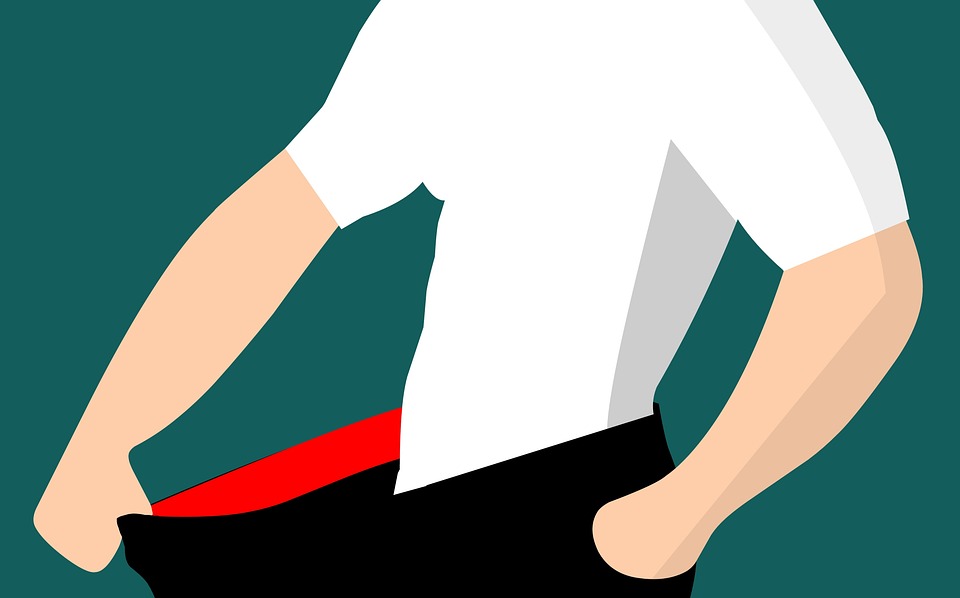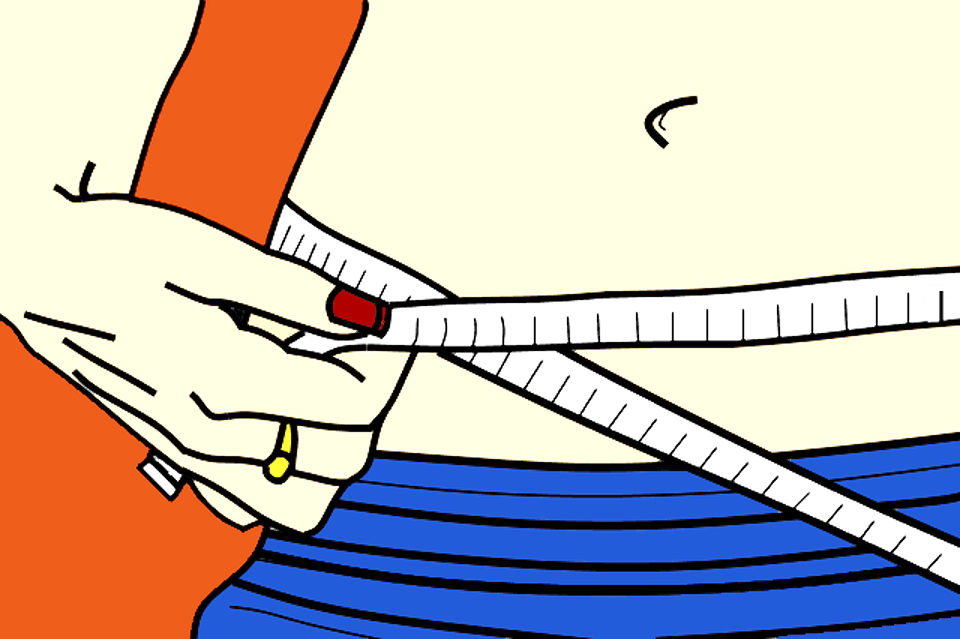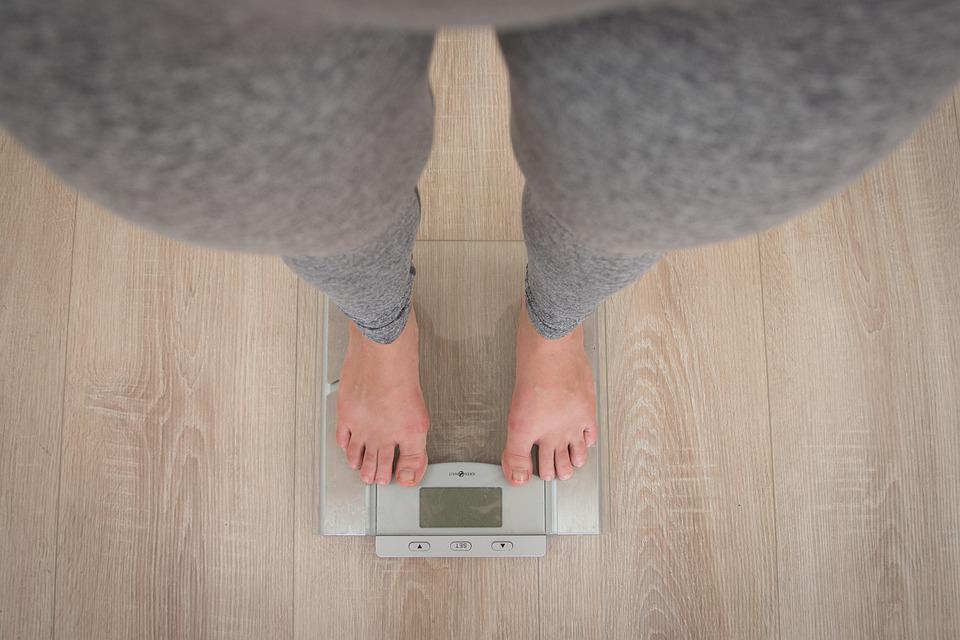
A healthy weight is a good way to stay healthy and try to slow down the aging process. However, many people try to lose weight quickly through crash diets and severe calorie restriction. This is a bad idea, and there is a better way to achieve sustainable weight loss.
The Pitfalls of Crash Diets and How to Lose Weight Safely
Losing weight quickly is not safe or effective and should only be done if you have an upcoming event that you want to look your best for.
To help you live a long and healthy life, you should try to lose weight. Losing weight too quickly can be dangerous, but if you do it in a safe and sustainable way, you can improve your chances of a long life.
Losing weight can be slow and frustrating, but there are ways to speed up weight loss without sacrificing your health.
8 Best Ways to Lose Weight Fast
- Intermittent fasting
- NEAT
- Tracking what you eat
- Exercising
- Eating plenty of protein
- Increasing water intake
- Reducing sugar and carb intake
- Getting enough sleep
Intermittent fasting
There are a few different types of intermittent fasting, where you don’t have to count calories, which create a calorie deficit. The most popular types are:
- Alternate Day Fasting. As the name suggests, you’ll refrain from eating (or keep calories to <500 calories/day) every other day. On non-fasting days, you can eat whatever you’d like.
- 5:2 Diet. You’ll fast 2 days per week and eat 5 days per week. On fasting days, you may consume up to 500 calories for women and up to 500 calories for men.
- Time-Restricted Feeding (TRF). Each day, you’ll have a specified “eating window”. For example, you will be able to eat normally during 8 hours of the day, and the other 16 hours you will not consume any calories.
If you eat a lot on days when you are supposed to be fasting, it can cancel out any calories you saved by not eating on other days.
NEAT
The NEAT is the amount of energy you use for everyday activities that aren’t exercise.
Make a point to walk more and move around more often throughout the day to burn an extra 2,000 calories.
Tracking What You Eat
Food tracking does two things initially:
- Builds awareness so you can instantly see where you can adjust your nutrition to see results.
- Increases mindfulness. When you must write down everything you eat, you might think twice before grabbing that additional snack or treat!
Exercising
-Adults should do at least 150 minutes of moderate-intensity aerobic activity a week. -OR adults should do at least 75 minutes of vigorous-intensity aerobic activity a week. -OR an equivalent combination of moderate- and vigorous-intensity activity. If you are not currently exercising, simply starting an exercise routine will help you burn more calories per day, aiding in weight loss. If you already exercise regularly, you can increase the intensity of your workouts or the number of days you exercise per week (while still taking at least one day of rest). The following are exercise recommendations for adults: -Adults should do at least 150 minutes of moderate-intensity aerobic activity a week. -OR adults should do at least 75 minutes of vigorous-intensity aerobic activity a week. -OR an equivalent combination of moderate- and vigorous-intensity activity.
- At least 150 minutes/week of moderate-intensity aerobic activity or 75 minutes of vigorous aerobic activity (or a combo of both).
- Resistance training at least 2 days per week.
Eating Plenty of Protein
Protein is a nutrient that leaves you feeling satisfied, helps you maintain lean muscle mass, and can help you consume a healthy number of calories. Adults should aim to consume 0.54 to 0.7 grams/pound of body weight for the average person, or 0.7 to 1.0 grams/pound for athletes or individuals looking to build muscle mass.
Increasing Water Intake
If you want to lose water weight, you should drink more water. This may seem counterintuitive, but it works. Dehydration can cause hunger pangs, so by drinking water, you may reduce your hunger. Drinking water can also increase your energy in the afternoon and decrease your overall calorie intake if you replace high-calorie drinks with water.
The daily recommended water intake for women is 11.5 cups and for men it is 15.5 cups.
Reducing Sugar and Refined Carb Intake
If a food item does not have any whole ingredients, it is likely to be high in calories, refined carbs, and added sugars. These foods are not good for you if you are trying to lose weight. Stick to foods that have whole ingredients in them to reduce your calorie intake and get more nutrients.
Getting Sufficient Sleep
You should get 7-9 hours of sleep each night if you want to lose weight. Not getting enough sleep can make you tired, make you crave unhealthy food, and make you less likely to work out. So get some more sleep if you want to reach your weight loss goals!
Are There Foods to Help With Weight Loss?
There is no one magical food that will cause weight loss, but there are some simple nutritional strategies that can help. Here are some of them:
- Low-calorie foods that add volume. Non-starchy vegetables can add volume to your plate without adding excess calories.
- Consume plenty of protein and moderate amounts of healthy fats (like avocado, olives, nuts/seeds, olive oil, etc.) to help you feel fuller for longer.
- Eat whole foods and minimize processed/fast food. Don’t like to cook? No problem! Nowadays you can even find pre-packaged meals that are made from whole-food items like lean protein, vegetables, whole-grain carbohydrates, and healthy fats.
Which Form of Exercise is the Best for Losing Weight Quickly?
While certain types of exercise may burn more calories in a shorter amount of time, the best way to lose weight is to find an exercise routine that you will stick to. Here are some ways to make activities that you already enjoy more active:
- Try intervals: Whether you enjoy walking or using cardio equipment, try changing up your speed every now and again to increase your heart rate and increase your calorie burn. Example: Walk fast for one minute, then return to your normal pace for 2 minutes.
- Group Exercise: If you’ve been doing the same class for years, try switching to a different class (maybe even a more challenging one if you’re ready), or ask your instructor how you can challenge yourself more during your current class!
- Lifting Weights: Try circuit training. Pick 5-6 multi-joint exercises to do consecutively, with little to no rest between exercises. This can help you increase your calorie burn.
Why Lose Weight Anyway?
Additional weight increases the risk for developing multiple conditions, such as type 2 diabetes, high blood pressure, metabolic syndrome, and heart disease. It can also make regular activities more difficult and creates social and psychological concerns.
How quickly we age is also affected by our weight and lifestyle. Researchers have calculated that eating the perfect diet could potentially increase our lifespan by 13 years! However, very few people consume such a perfect diet, and the occasional treat is one of the things that make life worth living.
Some people are tempted to take extreme measures to lose weight fast, but this is a recipe for disaster. A sudden drop in calories could lead to serious health problems.
Slow and Steady Wins the Race of Weight Management
If you want to lose weight and keep it off, it’s better to lose it gradually over time rather than trying to lose it all at once.
Many people who go on extreme diets find that they regain all the weight they lost, and often more. This is called yo-yo dieting, and it shows that these diets are not effective for long-term weight control.
The truth is, if you want to lose weight and keep it that way, then you should lose weight gradually. The key to healthy weight loss is through lifestyle changes that are sustainable and practical in the long-term. Long-term weight loss is like running a marathon, not a sprint.
What Can You Do to Lose Weight Safely?
Some things you can do to lose weight safely are Cut down on portion sizes, particularly of sugary foods,eat breakfast every day, and be more active.
You should:
- Limit the amount of highly processed foods you eat, as they contain excessive salt, sugar and artificial additives. This includes chips, chocolate bars, and cookies.
- Eat a balanced diet that includes quality protein sources, such as chicken, fish, legumes, beans and nuts.
- Make whole grains, such as quinoa, brown rice, sweet potato, and oats, part of your daily food intake.
- Eat sources of healthy fats, such as avocado, olives and olive oil, and nuts.
- Make sure plenty of fruit and vegetables are part of your daily diet.
- Get lots of fiber from whole grains, beans, broccoli, lentils, and chia seeds.
- Pay attention to portion sizes. It is very easy to eat too much, but a calorie counter app can help to track your intake. Fitbit, Lose it!, My Fitness Pal, and Nutritionix are some examples.
- Eat on smaller plates. Researchers have shown that people eat less food when it is served on a smaller plate compared to a larger one.
- Combine diet and exercise. Gentle exercise such as walking is a great combination with a healthy diet to lose weight and keep it off.
You should not:
- Cut out whole food groups to lose weight: this is a bad idea. For example, removing all carbs or dairy from your diet, as some fad or crash diets do, can lead to nutrient deficiencies.
- Reduce your calorie intake too dramatically, as it can be dangerous. Most people attempting safe weight loss should reduce their calories by around 500 a day. This equates to losing 1 pound of weight a week and is realistic in the long term. Between 1 and 2 pounds per week is a safe and healthy rate to lose weight, but anything beyond that is not healthy.
- Eat while distracted by TV, games, or phones. Research shows that when we are distracted we can eat up to 30% more food compared to when eating without such distractions.
What to Expect When Starting a Safe Weight Loss Lifestyle
Most experts recommend losing no more than 1-2 pounds per week, as faster weight loss is not sustainable and can result in regaining the weight.
After the first few weeks, it is safe to expect a weight loss of 1-2 pounds a week. At the start of a new healthy diet, people often lose weight faster than 2 pounds a week for the first few weeks. This is because they’re losing water weight, which is normal. After the first few weeks, it’s safe to expect a weight loss of 1-2 pounds a week.
Because you burn more calories than you consume, your body starts to metabolize glycogen as a fuel source. Glycogen is bound to water while it is stored in your body, so when you start burning glycogen, water is also released.
If you stick to a healthy weight loss diet, you can expect to lose water weight for a couple of weeks. After that, your weight loss will slow down, but you can still expect to lose 1-2 pounds a week.
A Word on Cleanses
People use the term ‘cleanse’ broadly to describe ridding their bodies of toxins in hopes of jump-starting weight loss. However, there is little scientific evidence to support the notion that cleanses are effective. The best way to allow the body to detox and reach a healthy weight is to eat a nutritious diet and live a healthy lifestyle.
While there are many methods that can help with weight loss, it is important to keep in mind that weight loss is often more gradual process than a quick fix. When trying to lose weight, it is beneficial to find strategies that fit your lifestyle, that you enjoy, and that you can see yourself maintaining in the long term for the best results.
You can use other methods to lose weight in addition to your main plan, but the changes you make in the long term are the ones that will have the most impact.
The Take-Home
Simply put, it’s about health—and, more specifically, about improving your relationship with your body. Your weight loss goals are not as important as losing weight safely and staying healthy. Losing weight and keeping it off means more than just fitting into a smaller dress size, being able to tighten your belt another notch, or being able to wear your old jeans again. Simply put, it is about being healthy—and, more specifically, about improving your relationship with your body.
The most important thing to consider when trying to lose weight is how you go about it. Because weight loss can have both positive and negative effects on your health, it is essential to make sure you are losing weight in a healthy way. Going on a crash diet to lose weight quickly might seem appealing, but the reality is that losing weight gradually is the best way to do it: there are no easy solutions.














